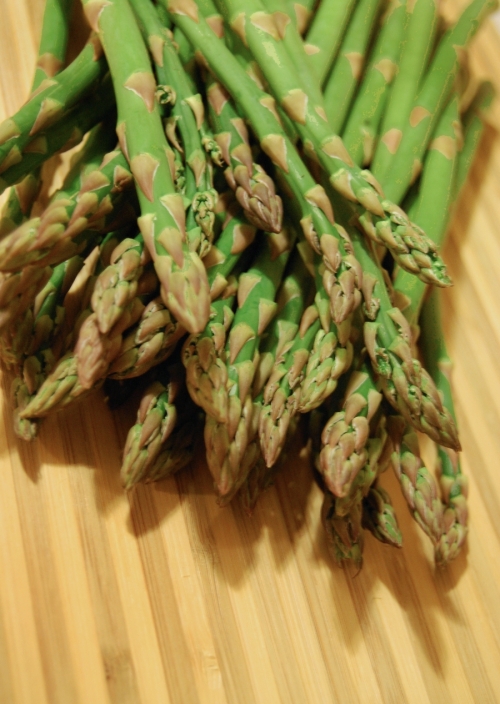 Have you ever wondered about the nutritional value of eggplant? Does it have any? Well let’s find out.
Have you ever wondered about the nutritional value of eggplant? Does it have any? Well let’s find out.
Eggplant is the deep purple, glossy skinned, pear shaped egg vegetable which grows hanging from the vine of a plant. Eggplant, a native of India, is described as being pleasantly bitter and with a spongy texture. This vegetable comes in a wide variety of colors including, lavender, green, orange and yellow-white. Eggplants are in season August through October.
Eggplant is a very good source of dietary fiber, vitamin B1 (thiamin), potassium, manganese, and copper. It also is a good source of folate, vitamin B3 (niacin), vitamin B6 (pyridoxine) and magnesium. Eggplant is also rich in antioxidants which, as we already know, are essential disease fighting compounds.
Choose eggplants that are firm and heavy for their size. Their skin should be smooth and shiny, and their color, whether it be purple, white, or green, should be vivid. Keep eggplants unwashed and uncut in a plastic bag in your refrigerator crisper for up to two days.
You can prepare eggplant with or without the skin. To tenderize the flesh’s texture and reduce some of the naturally occurring bitter taste, you can sweat the eggplant by salting it. After cutting the eggplant into the desired size and shape, sprinkle it with salt and allow it to rest for about 30 minutes. Rinse the eggplant after sweating to remove the salt. Eggplant can be sautéed, baked, roasted, grilled, steamed, stewed, or pureed into a dip.
Try this easy side-dish;

Thyme and Lime Marinated Grilled Eggplant Slices
Serves 6
1 medium globe eggplant – unpeeled, cut into ¼ inch slices.
Marinade:
2 tablespoons fresh lime juice
2 cloves garlic, minced
1 teaspoon fresh thyme ( ½ teaspoon dried thyme)
½ teaspoon crushed red pepper flakes
½ teaspoon salt
½ cup olive oil
Combine marinade ingredients. Add eggplant and let sit in marinade for 30 minutes per side. Grill slices for about 4 minutes per side, or just until light char marks appear. Serve immediately.
 This may sound unusual, but is very good – high in fiber, antioxidants and low in fat!
This may sound unusual, but is very good – high in fiber, antioxidants and low in fat! Makes 4 servings
Makes 4 servings Asparagus belongs to the lily family which also includes onions, leeks, and garlic. Its name is Greek and means “sprout” or “shoot”. Asparagus grows in three different colors; green, white, and purple. The green and most common type is slightly sweet in flavor with a tender and crisp texture. It is grown in sunlight where photosynthesis makes its color green. White asparagus is grown in the dark, thus requires specific procedure to yield its white color. Purple asparagus is deeply fruity flavored with 20% more sugar than the green.
Asparagus belongs to the lily family which also includes onions, leeks, and garlic. Its name is Greek and means “sprout” or “shoot”. Asparagus grows in three different colors; green, white, and purple. The green and most common type is slightly sweet in flavor with a tender and crisp texture. It is grown in sunlight where photosynthesis makes its color green. White asparagus is grown in the dark, thus requires specific procedure to yield its white color. Purple asparagus is deeply fruity flavored with 20% more sugar than the green.
You must be logged in to post a comment.